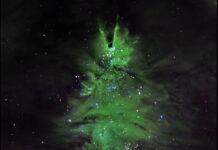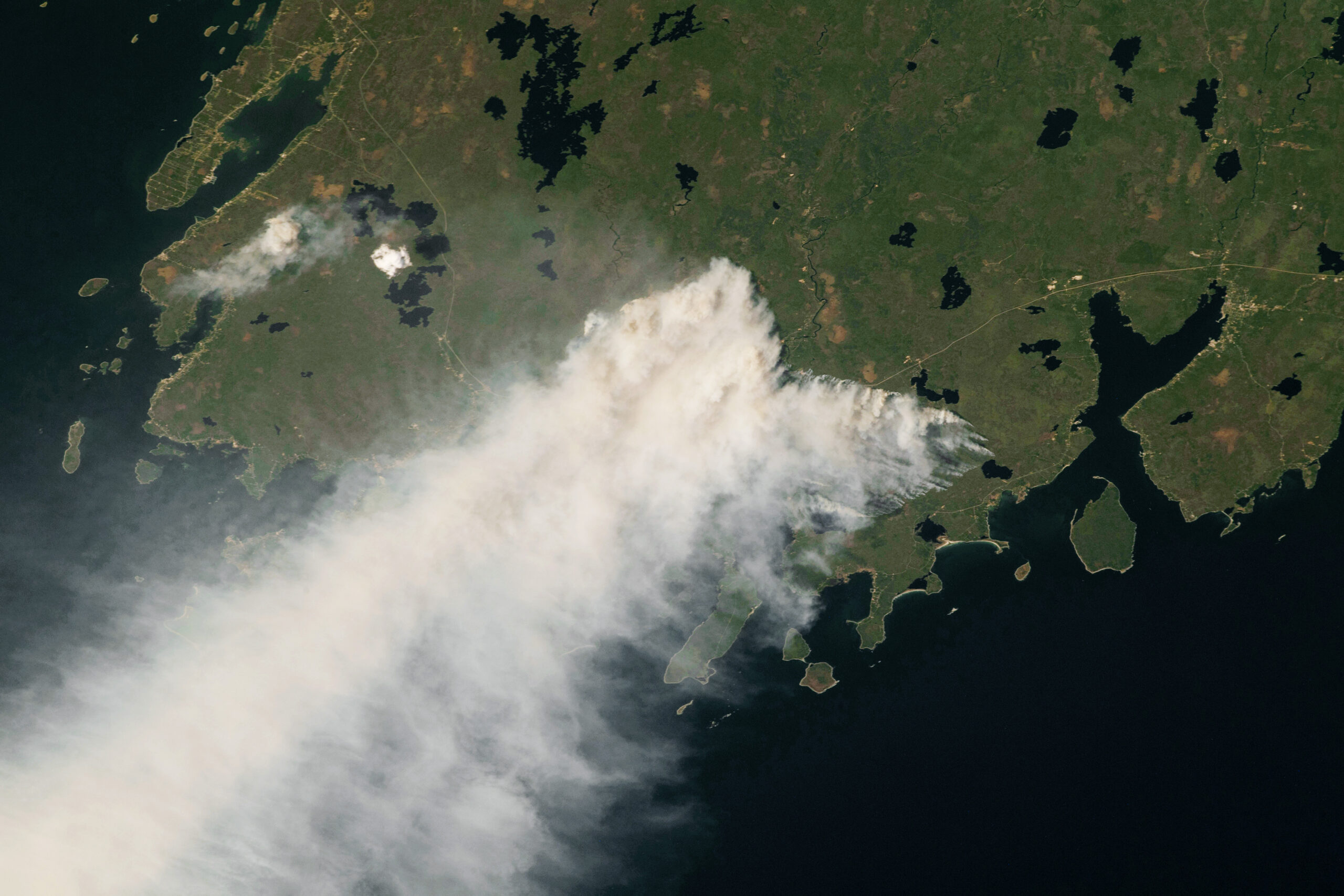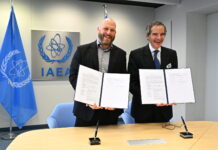Understanding the Impact of Extreme Wildfires on Global Climate: Insights from NASA’s Latest Study
In recent years, the frequency and intensity of wildfires have significantly increased, posing a severe threat not only to the environment but also to global climate. One of the most notable instances is the massive wildfire outbreak in Canada during 2023. A study funded by NASA has provided critical insights into the scale and impact of these fires, revealing staggering amounts of carbon emissions that rival those of major industrialized nations. This article aims to break down the key findings of this study in an accessible manner, offering readers a comprehensive understanding of the implications of such extreme wildfires.
The Scale of the Canadian Wildfires
In 2023, Canada experienced its warmest and driest conditions in decades, leading to extreme forest fires that released approximately 640 million metric tons of carbon into the atmosphere. To put this into perspective, this amount is comparable to the annual fossil fuel emissions of a large industrialized nation. The fires spanned an area roughly equivalent to the size of North Dakota, burning from May to September 2023.
Methodology: How NASA Quantified the Emissions
The research team, led by scientists at NASA’s Jet Propulsion Laboratory (JPL) in Southern California, utilized satellite observations and advanced computing to quantify the carbon emissions. The study was published on August 28, 2023, in the journal Nature. The scientists employed a European Space Agency instrument known as the TROPOspheric Monitoring Instrument (TROPOMI) to measure the fire plumes over Canada. TROPOMI, aboard the Sentinel 5P satellite, maps trace gases and fine particles in the atmosphere using four spectrometers.
The researchers started by measuring the amount of carbon monoxide (CO) in the atmosphere during the fire season. They then "back-calculated" to determine the size of the emissions required to produce that amount of CO. By using established ratios between CO and CO2 in the fire plumes, they estimated the total CO2 emissions.
Unprecedented Emissions: A Record-Breaking Event
The findings revealed that the carbon emissions from the Canadian fires in 2023 were the highest on record for the country. To provide context, the fires released more carbon in just five months than Russia or Japan emitted from fossil fuels throughout 2022 (around 480 million and 291 million metric tons, respectively). While both wildfire and fossil fuel combustion contribute to global warming by emitting CO2, there is a crucial difference: forest regrowth can reabsorb the carbon emitted from fires, whereas CO2 from fossil fuels lacks such a natural offset mechanism.
The Role of Wildfires in Forest Ecosystems
Wildfires play a vital role in maintaining the health of forests by clearing undergrowth and making way for new plant life. However, the number, severity, and overall size of wildfires have increased in recent decades. Factors contributing to this trend include prolonged droughts, past fire management strategies, invasive species, and urban expansion into previously undeveloped areas.
Why 2023 Was an Anomalous Year
The study highlighted several factors that contributed to the intensity of Canada’s fire season in 2023. Climate data revealed that the fire season was the warmest and driest since at least 1980. Northwestern Canada, where 61% of the fire emissions occurred, experienced temperatures more than 4.5 degrees Fahrenheit (2.6 degrees Celsius) above average from May through September. Additionally, precipitation levels were more than three inches (eight centimeters) below average for much of the year.
These conditions created a tinderbox scenario, leading to fires of unprecedented size and spread. Approximately 18 million hectares of forest were charred, spanning from British Columbia in the west to Quebec and the Atlantic provinces in the east. This area is more than eight times the 40-year average and accounts for 5% of Canadian forests.
Future Projections and Global Implications
The study raises concerns about the future, as climate models suggest that the conditions experienced in 2023 could become the norm by the 2050s. "The warming, coupled with lack of moisture, is likely to trigger fire activity in the future," noted Brendan Byrne, a JPL scientist and lead author of the study.
If such extreme fire events become more common, they could significantly impact the global climate. Canada’s vast forests are crucial carbon sinks, meaning they absorb more CO2 from the atmosphere than they release. The increased frequency and intensity of fires could offset some of this carbon uptake, diminishing the forests’ capacity to mitigate climate warming.
Additional Insights and Reactions
The study by NASA underscores the urgent need for comprehensive climate action and improved forest management strategies. It also highlights the importance of advanced technologies in monitoring and understanding environmental changes. Satellite instruments like TROPOMI provide invaluable data that can help scientists and policymakers make informed decisions.
The findings have sparked reactions from various environmental organizations and researchers. Many emphasize the need for global cooperation in addressing climate change and implementing sustainable practices to manage forest ecosystems. There is also a growing call for increased investment in climate research to better predict and mitigate the impacts of extreme weather events.
Conclusion
The 2023 Canadian wildfires serve as a stark reminder of the profound impact that extreme weather events can have on our planet. The study funded by NASA not only quantifies the emissions from these fires but also provides crucial insights into the underlying causes and potential future scenarios. As we move forward, it is imperative to prioritize climate action and sustainable practices to safeguard our environment and ensure a stable future for generations to come.
References and Further Reading
For those interested in delving deeper into the study, the full research paper is available in the journal Nature. Additional information about the TROPOMI instrument and its capabilities can be found on NASA’s Earthdata website.
For media inquiries or further information, you can contact Jane J. Lee or Andrew Wang at NASA’s Jet Propulsion Laboratory in Pasadena, California.
—
This article was written by Sally Younger and is intended to provide a comprehensive, yet accessible, overview of the recent findings on the impact of extreme wildfires on global climate.
For more Information, Refer to this article.


































